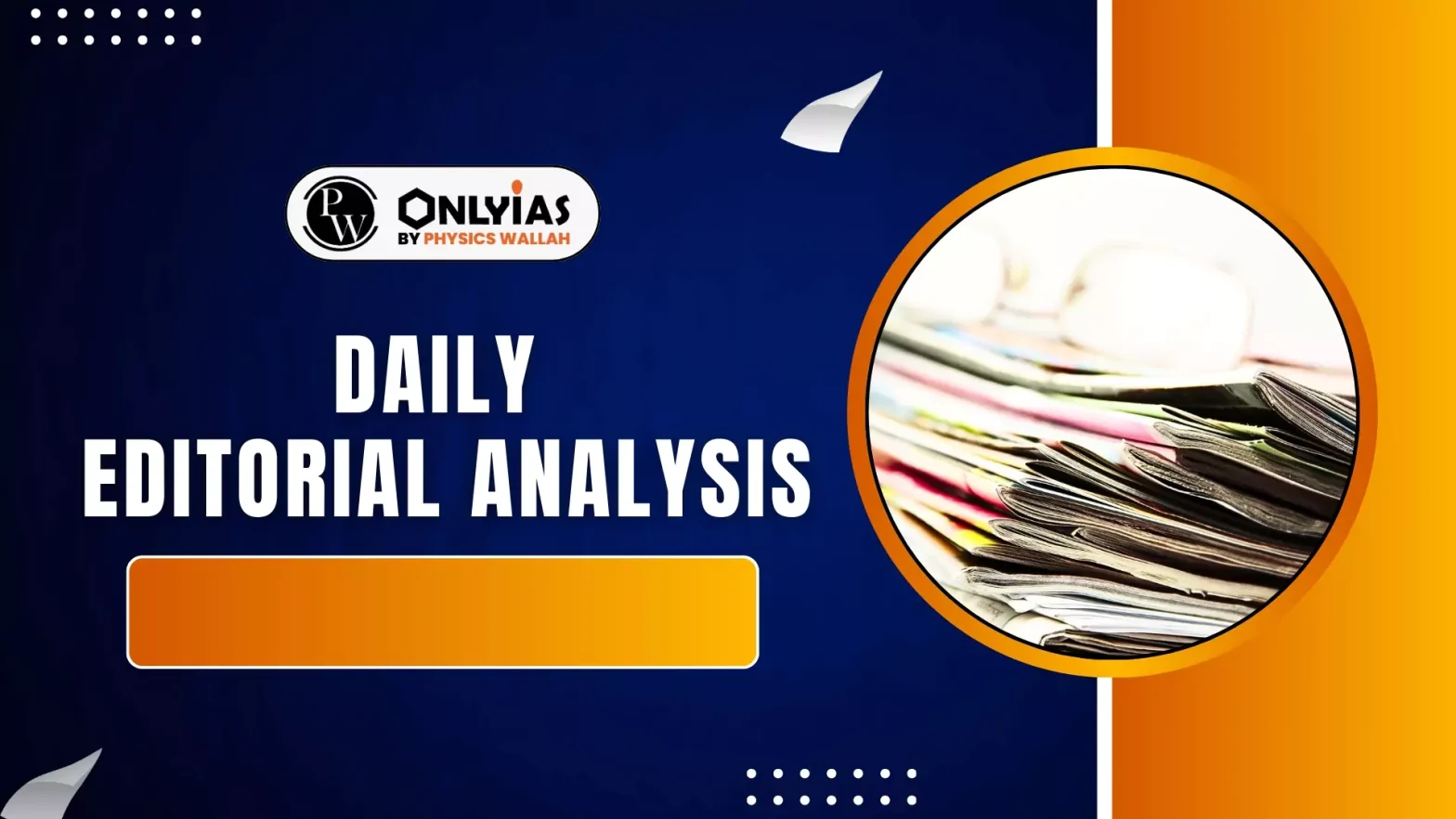Recently, RBI Deputy Governor M. Rajeshwar Rao has called for urgent internal reforms in the micro-finance sector.
Microfinance in India
- Provision of Small Loans: Microfinance refers to the provision of small loans (micro-loans) to low-income individuals or groups.
- Lack of Traditional Access: These individuals typically lack access to traditional banking services.
- Promoting Financial Inclusion: The objective is to promote financial inclusion.
- Enabling Livelihood Generation: It also aims to enable livelihood generation among the poor.
- Pioneering Model: Microfinance Institutions (MFIs) like Grameen Bank pioneered this model. Dr. Muhammad Yunus of Bangladesh won the Nobel Peace Prize for this innovation, acknowledging its significant impact
Challenges in Microfinance
- High Interest Rates: Some Microfinance Institutions (MFIs) charge high interest rates, sometimes up to 30-40%.
- Over-indebtedness: Multiple loans to borrowers often lead to over-indebtedness, trapping them in a cycle of debt.
- Harsh Recovery Practices: There are instances of harsh recovery practices, including coercive tactics, which have sometimes led to borrower suicides.
- Andhra Pradesh 2010 Crisis: The Andhra Pradesh crisis in 2010 saw severe borrower distress and suicides directly linked to aggressive loan recovery practices
- Sector Commercialization: The microfinance sector has become increasingly commercialized, shifting its focus towards high yields rather than genuine empowerment of the poor.
- Call for Soul-Searching: The RBI’s Deputy Governor has emphasized the critical need for soul-searching and introspection within the industry, highlighting the ethical concerns
RBI’s Reform Measures for Microfinance (March 2022 Onwards)
- Interest Rate Caps: The RBI introduced interest rate caps to prevent Microfinance Institutions (MFIs) from charging exorbitant rates.
- Enhanced Customer Protection: New guidelines were implemented to enhance customer protection, specifically regulating loan recovery practices to prevent harsh methods.
- Implementation: There is a strong emphasis on effective implementation of these reforms, going beyond just the creation of rules to ensure their practical application and impact.
- Policy Shift: Previously, 75% of an MFI’s assets had to be in microfinance loans. This threshold has been revised to 60%, providing greater flexibility.
- Diversification Allowed: The change enables MFIs to diversify into other products, including secured loans (e.g., home improvement loans, gold loans). This diversification is expected to improve the financial health of MFIs.
- Better Interest Rate Pricing: It also allows for better interest rate pricing.
- Reduced Risk Exposure: Ultimately, this reduces their overall risk exposure by not having all assets concentrated in one type of loan.
RBI Financial Stability Report (Dec 2024)
- Doubled Delinquency Rates: Delinquency rates (loan default) nearly doubled.
- Borrowers with Multiple Lenders: The percentage of borrowers with loans from 4 or more lenders rose from 3.6% to 5.8%.
- Increased Average Loan Size: The average loan size increased by 43%, from ₹35,299 to ₹50,430.
- High Exposure to Multiple Lenders: Around 6% of borrowers are exposed to 4 or more lenders.
- Weakening Joint Liability Model: The joint liability model, a cornerstone of microfinance, appears to be weakening.
RBI Recommendations for Enhanced Oversight
- Surprise Audits: The RBI has recommended more regular surprise audits of MFI records and policies.
- Anonymous Field Visits: It has also suggested anonymous field visits to assess borrower treatment and cross-check collected information, acting as a deterrent against flouting regulations.
- Devolution of Supervisory Tasks: Devolution of some supervisory responsibilities to independent entities may also be considered.
- Empowering the Poor: Microfinance has successfully democratized access to credit and, in doing so, has played a vital role in empowering low-income individuals and communities.
State Initiatives for Borrower Protection
- Tamil Nadu Act: The Tamil Nadu Money Lending Entities (Prevention of Coercive Actions) Act, 2025, has been notified.
- This Act aims to prevent coercive recovery of micro-loans by money-lending entities, including MFIs, and includes provisions for imprisonment and fines for harassment.
- Karnataka Ordinance: The Karnataka Micro Loan and Small Loan (Prevention of Coercive Actions) Ordinance, 2025, proposes severe punishments, including a jail term of up to 10 years and a fine of ₹5 lakh, for microfinance lenders that cause “undue hardship” to borrowers through coercive recovery practices.
Concerns Regarding Strict Laws
- Harm to Lending Environment: Such strict laws might potentially harm the lending environment.
- Impact on Repayment Culture: There are concerns that these stringent regulations could negatively impact the repayment culture, as borrowers might delay or refuse payments citing the new laws.
Conclusion
The sector requires an empathetic yet practical regulatory approach, acknowledging both its social mission and the need for financial viability. Microfinance must fundamentally be viewed as a tool for social development, not merely as a commercial venture focused on profit.
![]() 20 Jun 2025
20 Jun 2025

